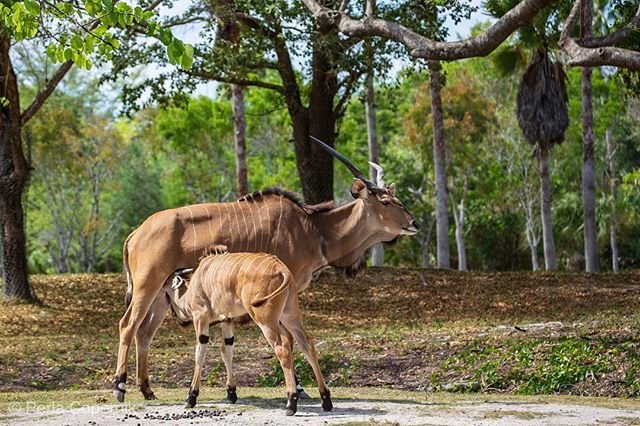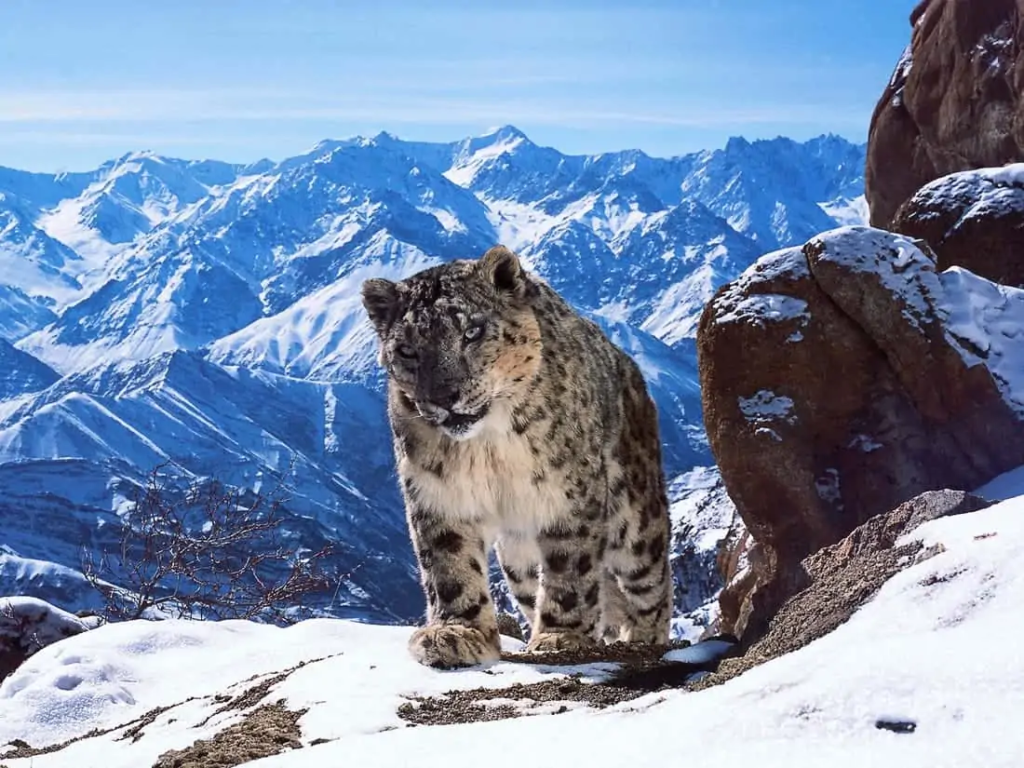Horns have fascinated humans for centuries. From ancient myths to modern wildlife documentaries, horned animals stand out with their powerful presence and often awe-inspiring size.
But among them, some species take horn size to an entirely different level. Whether used for defense, attracting mates, or regulating body temperature, these animals carry nature’s equivalent of a crown on their heads.
Let’s dive into the top 10 biggest horned animals on Earth in 2025—creatures whose horns are as impressive as they are functional.
1. Wild Water Buffalo
The wild water buffalo tops the list with the longest horn span recorded in the animal kingdom. Some individuals boast horns measuring over 13 feet across from tip to tip. These massive, crescent-shaped horns curve outward and back, giving the animal an almost prehistoric appearance. Besides being a formidable defense mechanism, these horns are believed to help regulate body temperature by increasing surface area.
2. Ankole-Watusi Cattle
Often referred to as the “cattle of kings,” Ankole-Watusi are domestic cattle known for their enormous, upward-curving horns. These horns can grow to over 8 feet long and have a wide base, giving them a torch-like shape. In addition to their striking visual impact, the horns serve a practical purpose—cooling blood through a network of veins inside the horn core.
3. Marco Polo Sheep
A true marvel of the mountains, the Marco Polo sheep is recognized for its spectacular spiral horns. These horns can grow up to 6 feet in length and often curl in a near-perfect arc. They’re not just for show—males use them in dramatic head-to-head battles during mating season, where the sound of clashing horns echoes across the highlands.
4. Giant Eland
The giant eland is the largest species of antelope, and its horns are as grand as its stature. Both males and females have tightly spiraled horns, with males sporting the longest—reaching lengths of up to 5 feet. The horns are not only used for defense but also to establish dominance within herds.
5. Greater Kudu
With long, graceful spiral horns, the greater kudu is one of the most majestic animals in the antelope family. Male kudu horns can reach lengths of 6 feet, twisting as they grow. These elegant horns are not used in fights as often as they are for displays of strength and maturity during mating rituals.
6. Markhor
The markhor, a wild goat found in mountainous regions, has uniquely twisted horns that resemble corkscrews. These horns can extend up to 5 feet and are worn by both males and females, though males’ horns are significantly larger. The markhor’s distinctive look, combined with its agility on rocky slopes, makes it one of the most iconic horned animals in the wild.
7. Bighorn Sheep
As the name suggests, the bighorn sheep is known for its thick, curled horns. These horns can weigh up to 30 pounds and form a dramatic spiral, curving back toward the head and then outward again. Males use their horns in intense clashes that can last for hours, battling for control of the herd.
8. Sable Antelope
Sable antelopes are renowned for their deep black coats and long, backward-curving horns that can stretch up to 6.5 feet in mature males. These horns are symmetrical and incredibly sharp, making them highly effective in fights against predators or rival males. Even females have impressive horns, though slightly shorter.
9. Altai Argali
The Altai argali is the largest species of wild sheep, and it doesn’t disappoint when it comes to horns. The males grow enormous horns that can weigh more than 70 pounds and curve into wide loops on either side of the head. These horns are among the heaviest found in any animal, and are used in dominant displays and combat.
10. Scimitar Oryx
The scimitar oryx, now extinct in the wild but thriving in reserves, rounds out our list with its elegantly straight, slender horns that grow up to 4 feet long. These horns, worn by both males and females, form a symmetrical pair that looks like a pair of medieval swords. Despite their size, the oryx moves gracefully through desert landscapes.
Final Thoughts
Horned animals represent some of the most visually stunning and evolutionarily fascinating creatures on the planet. Their horns are more than just ornaments—they’re tools for survival, dominance, and thermoregulation. Whether they live in deserts, forests, or mountain peaks, these creatures carry the legacy of strength and beauty in their DNA.
In a world where biodiversity faces daily threats, it’s more important than ever to protect these incredible species and their natural habitats. The sheer variety and magnificence of horned animals remind us of nature’s boundless creativity.




